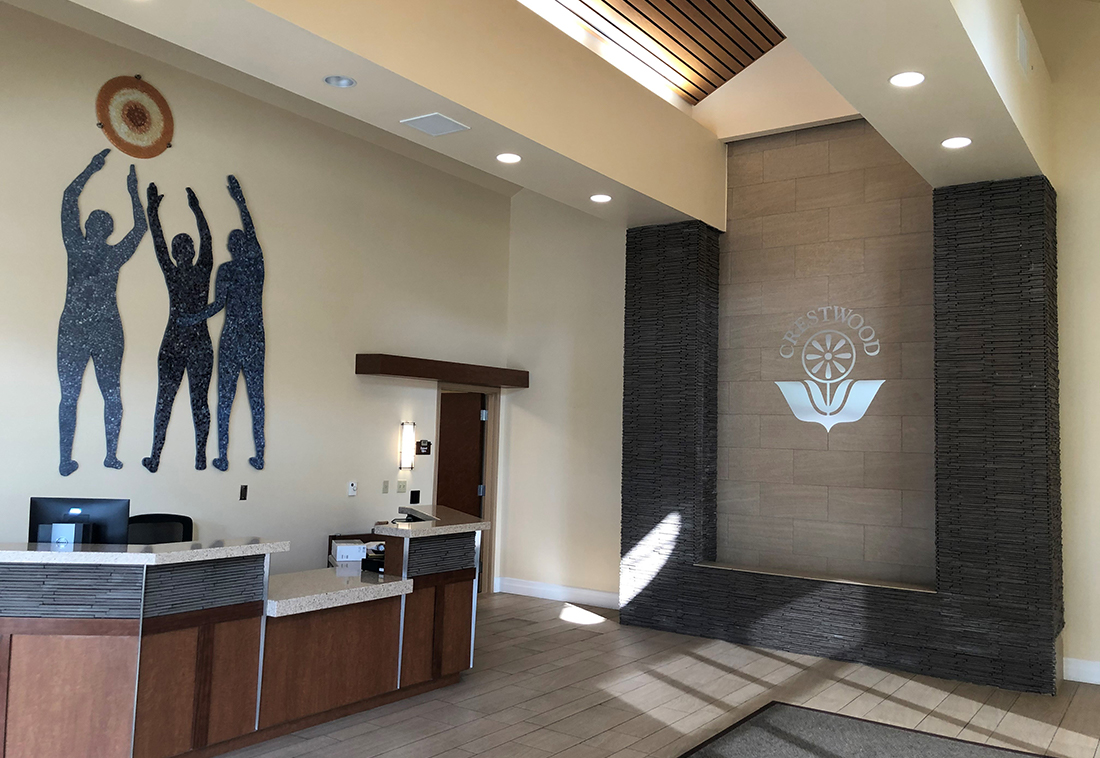Why We Need Mental-Health Treatment Beds

In Santa Barbara County, we see persons on our streets suffering from the most serious mental illness without treatment because they have no inkling they are ill. NAMI (National Alliance on Mental Illness) and Families ACT! are advocating for a higher level of available longer-term, temporary secured treatment for these persons so that they can recover and properly care for their own health.
Earlier this year, the county’s Community Corrections Partnership funded a pilot program to make four longer-term treatment beds available for the first time to jail inmates so that they could be in treatment instead of remaining in the jail. A month ago, we were told the first bed had been filled.
A week ago, the daughter of a couple I’ve been hearing from for years was admitted from the jail on a mental health conservatorship. She’d been cycling the system — homeless, then in the jail and the hospitals — for many years. Her parents had created an accessory dwelling unit for her, but she wouldn’t stay. They would occasionally hear from her and put her up in motels. They are hugely relieved, the father saying they at last have hope after so many years. They are impressed with the Crestwood Healing Center, a “subacute” treatment center. Their daughter initially tried to abscond, but she could not. She has asked to go home, but her parents know she is not yet ready and would not do well. For someone who has been so ill for so long, it takes time for the brain to heal.
The son of another mother went to Crestwood on November 6. He’d been in the jail in an isolated “safety” cell for many months, incompetent to stand trial before he went to a state hospital (a total years for both) to try to restore competency, then was returned to the jail as “unrestorable.” We don’t believe he or anyone is unrestorable. His mother, who has been his strongest advocate for years, at last has hope for his recovery.
Last week, in another case I’ve been following, the young man who has been decompensating on the street with intermittent incarcerations, was again arrested, this time on a nonviolent felony. Now, a “doubt” regarding competency to stand trial is being declared to the court, and the father has been told his son will very likely be assessed as gravely disabled and eligible for conservatorship, at which point he could go to the Crestwood Center. His father has been told to be patient, because the legal process for securing mental-health conservatorship takes quite awhile. Maybe someone else will have taken that fourth bed at Crestwood in the meantime?
If I, by chance, happen to know about three of these cases of inmates who qualify for Crestwood placement, I believe there must be many more who need these beds. We in NAMI and Families ACT! hear from the families. The need will continue to increase with recent legislative initiatives, such as CARE Court, the upcoming implementation of California’s Grave Disability bill (Senate Bill 43), and the passage of Prop 36, that will increase incarceration for petty thefts and drug offenses.
While no one wants our loved ones subject to an involuntary placement, it is sometimes literally a matter of life or death for the most ill until they can regain their capacity for self care. We need many more of these treatment beds. Now, we have the opportunity to apply for them under the Prop 1 mental health infrastructure program, funded at $3.3 billion, with grant applications due December 13.
My hope is that we as a county redesign our mental-health treatment system whereby it is not necessary for someone to cycle in and out of crisis with multiple brief hospitalizations and arrests. And then be arrested once again on more serious charge before he/she can secure this level of care as medically necessary. But, it won’t happen until we have an adequate number of longer-term “subacute” treatment beds instead of jail cells. This is what we urge the county to apply for under the Prop 1 grant.
